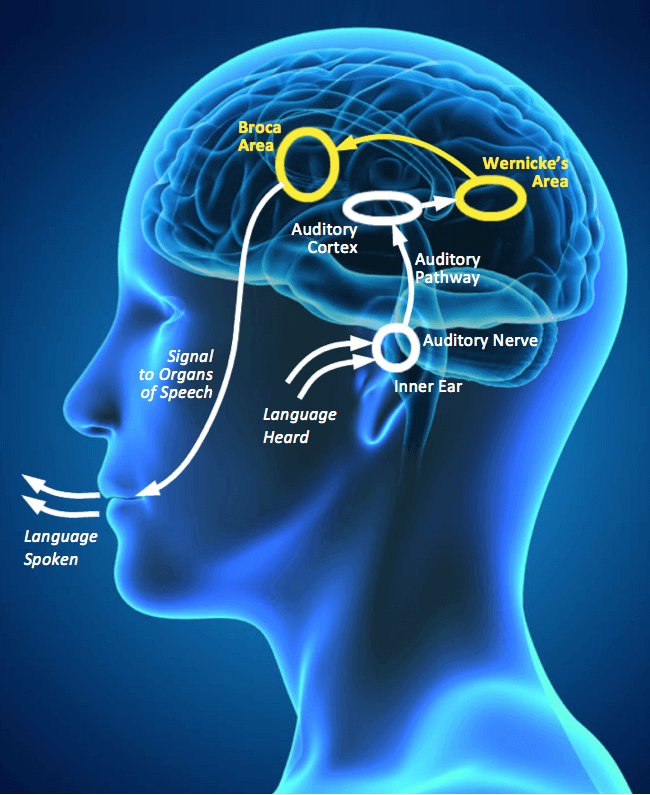
As someone with a language processing disorder, I often notice that consistent and straightforward navigation and layout are digital accessibility practices that are frequently overlooked. I find it easier to understand websites and content that use simple, clear language. When there’s too much jargon or overly long sentences, I feel overwhelmed and struggle to comprehend the information. It would be helpful if I had a tool that allows me to highlight a sentence and receive a text bubble explaining it in simpler terms. I wonder if AI is advanced enough to support this feature. Additionally, another useful option would be the ability to highlight a large paragraph and have it broken into smaller sections with bullet points or clear headings on a separate page.
I believe one reason digital accessibility practices aren’t more widely known or commonly used is that individuals with high-functioning disabilities are often overlooked. Many of them have to self-advocate to access the support they need, which can be a significant challenge in itself. As a result, when people with high-functioning disabilities are not recognized or assisted, they may remain unaware of the resources and tools available to help make their digital experiences more accessible.
Example of an accessible video:
Great reflection! I really like the idea of being able to highlight a difficult sentence and have it explained in simpler terms. I also struggle with understanding information when it is written using jargon to make something sound more complicated. I totally agree that people with high-functioning disabilities are overlook and I think that it is important that everyone works towards creating inclusive accessible content for everyone. The only thing that I could think of to make this post even better is perhaps explaining what makes the video you have posted accessible. Other than that, this is a lovely post, I enjoyed reading it!